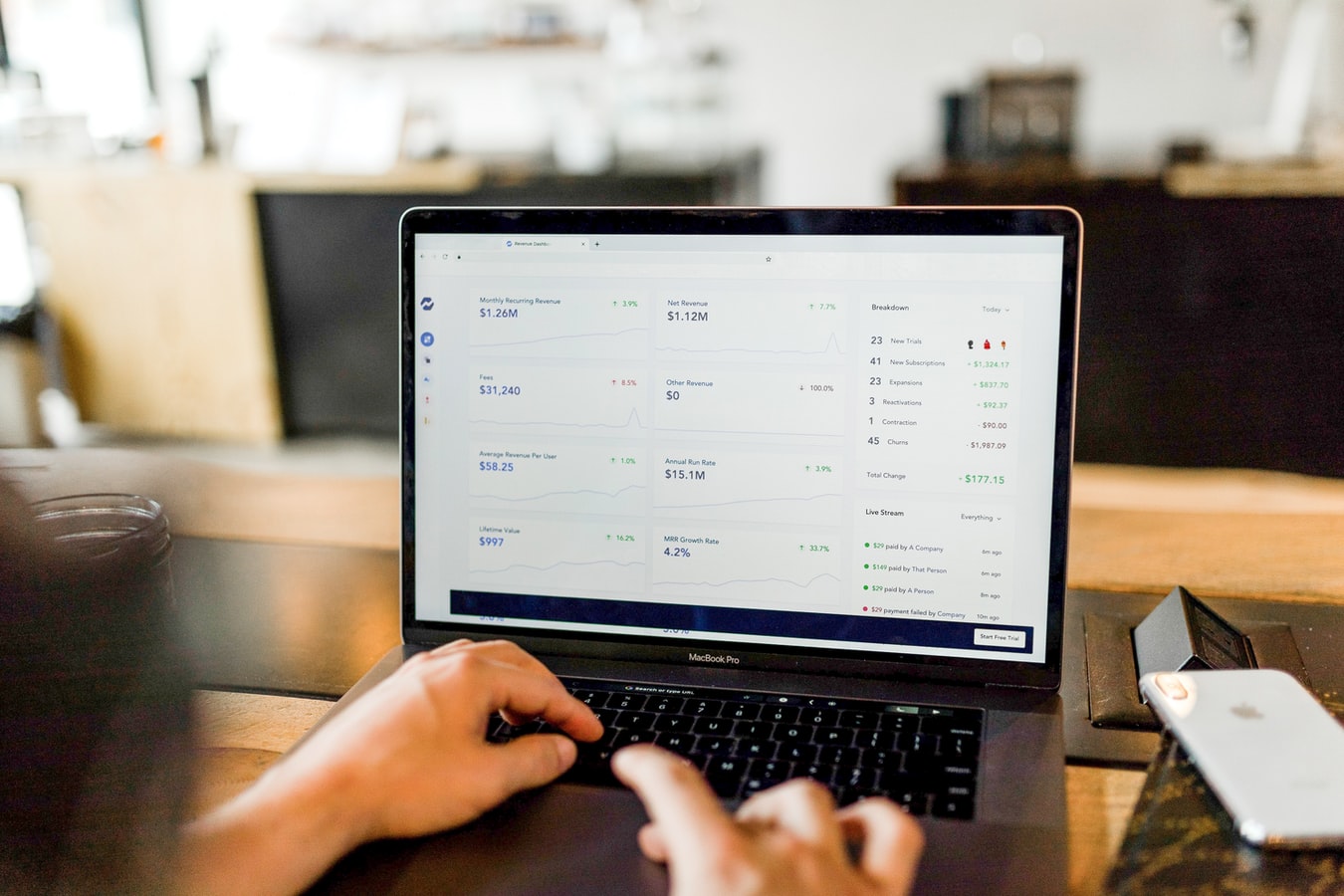Today’s consumer is bombarded with advertising messages from both traditional and digital media channels. The journey they are taking from their initial search for a solution to making a purchase is becoming more complex. According to digital marketing experts, 80 percent of consumers either start searching online and eventually make a purchase offline or start searching offline and purchase through online channels. Consequently, effective omnichannel engagement strategies are crucial to customer retention. Organizations that employ these strategies retain 89 percent of customers, while companies that do not only retain 33 percent.
Yet, with an omnichannel strategy, it’s more difficult for marketing managers and executives to determine which channel or advertising piece produced customer conversions. With all of the types of media and advertising customers see before they make a purchase, more than one channel has an influence. An omnichannel attribution model can help managers determine which advertising contributed to converting customers. Effective models can return data that reveals insights by campaigns, customer segments, and degrees of influence. However, an effective model will look different for each company and scenario. Here’s some tips on how to determine the best approach.
Factors to Consider
When designing an omnichannel attribution model, there are several questions you’ll need to ask and factors to keep in mind. The most important is the size of the organization. For instance, small companies may not always focus on more than one channel. Some campaigns or customer segments may be targeted with one media channel, while others are targeted with a larger scope. Medium to large companies, on the other hand, typically have the budgets to consistently use an omnichannel focus.
Small Organizations
If you’re a marketing manager or executive in a small company and you want to use a single channel, consider whether your sales cycle is short or long. While a short cycle typically concentrates on-demand generation, a longer cycle is more focused on conversions. Short cycles usually do best with a first-touch attribution model, while longer cycles are better served with a last-touch model. First-touch models credit the first point of advertising contact and last-touch models credit the last touchpoint. When using an omnichannel method, a small organization’s focus should shift from the length of the sales cycle to the growth strategy.
Medium to Large Organizations
Determining the optimal omnichannel attribution model for medium to large companies starts with asking whether there’s access to historical data. That data has to be both high-quality and in large enough quantities to be usable. Provided that type of data is unavailable, you should determine your growth strategy next. Without a defined growth strategy, a linear attribution model will be the best fit. Conservative growth strategies are best served by a time-decay model and aggressive growth fits with a position-based model. Firms that use an external vendor to collect, track, and manage historical data will find a data-driven omnichannel attribution model works well.
Types of Omnichannel Attribution Models
Data-Driven
A data-driven model is also called marketing mix modeling. This type of model works well for companies that have large amounts of historical data that can produce insights across a wide variety of digital and offline channels. Marketing mix modeling reveals how you can make your marketing budget more efficient by funneling more dollars into channels that have higher conversions. One of the advantages of this model is that it can also analyze sub-channels. Marketing mix modeling also incorporates factors external to the organization or campaign. For example, seasonal fluctuations in the weather or economic downturns can be used as inputs to determine temporary changes.
The con of using marketing mix modeling is that the data is often not uniform. As a result, your team will end up taking raw data from multiple sources and re-arranging it. Either you’ll need to restructure the data so that it’s apples to apples or make adjustments for differences. This can take your team extra time and additional help may be necessary. It is also more difficult for managers and executives to determine the non-financial performance of different media channels and make predictions for future campaigns.
Setting up a data-driven model works similarly to a weighted average formula. Let’s say your prospect’s first point of contact is an email, then a radio ad, followed by a call to a sales rep, then a store where a purchase is made. Depending upon the performance of each channel, you would assign a different percentage or weight to it. For example, the email was 30% effective, the radio ad was 20% effective, the call to the sales rep was 40% effective, and the trip to the store was 10% effective in converting the prospect.
Time-Decay, Position-Based, and Linear-Attribution
A time-decay model also assigns a percentage or weight indicating effectiveness to each channel. The difference is that the closer to conversion the channel is in the customer’s buying journey, the more weight it is given. This model can increase customer loyalty and incorporate all stages of the customer’s buying journey. However, this model tends to always place more value on channels that are nearest to conversion and less value on channels that are farthest away from conversion.
In a position-based model, equal emphasis is placed on the customer’s first and final exposure to advertising. Besides placing equal emphasis on the first and last channel the customer sees or interacts with, less weight or effectiveness is assigned to points of contact in the middle of the journey. Using the previous example from the data-driven model, you would assign 40% to the email and the store, along with 10% each to the radio ad and the sales rep. While this model helps managers focus on acquiring leads and converting them into customers, it discounts the other channels that could play a bigger role in converting prospects.
Unlike the other models, linear-attribution assigns the same percentage of weight to all of the channels. This is the easiest model to work with and does not overlook any of the media channels. However, the model fails to take into account that different channels can exert various degrees of influence on prospects.
Tracking Channel Performance
Without the ability to track the performance of each channel with a unique ID or actions, assigning weights or percentages to different channels can be misleading and ineffective. Generally speaking, there are three different overarching methods to track channel performance. Those methods include using rules, paths, or multiple dimensions.
Using rules means that you first determine which actions to consider. For example, will unique last clicks be used to track channel performance? Or will calls into a service center be used? When paths are utilized, you look at the entire customer journey from the first contact to conversion. The same path or means to conversion is used to track performance across all channels. The multiple dimensions approach uses a unique ID for each prospect or customer as he or she goes through the channels to conversion. Although the path-based method can become less accurate when you attempt to apply it to specifics like keyword phrases, the multiple dimensions approach’s data can become limited to the channels converted prospects encounter.
Digilant’s Approach to Omnichannel Attribution
If all of this sounds overwhelming, know that omnichannel advertising experts like Digilant can help you build an effective strategy and model. Combining digital and offline advertising to convert prospects and grow your business can be challenging, even for the largest firms with the best resources. Digilant takes the guesswork out of the process and shortens the learning curve with data-driven approaches. We can offer full-service and self-service options, and over 500 clients trust us to aid in their omnichannel strategies.
Don’t put the fate of your omnichannel strategy at risk. Contact us for more information today.









